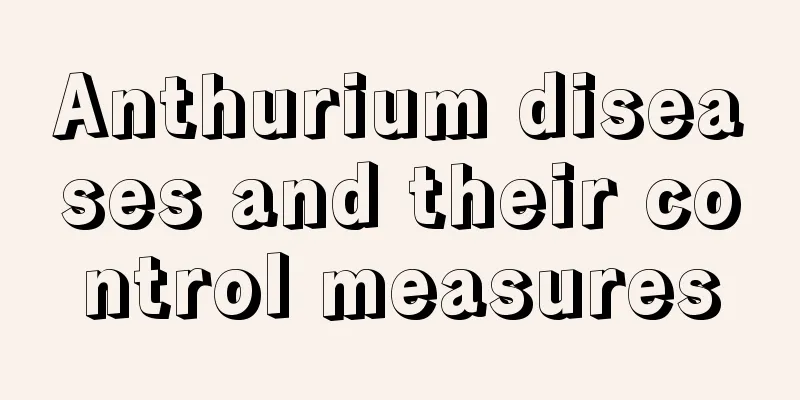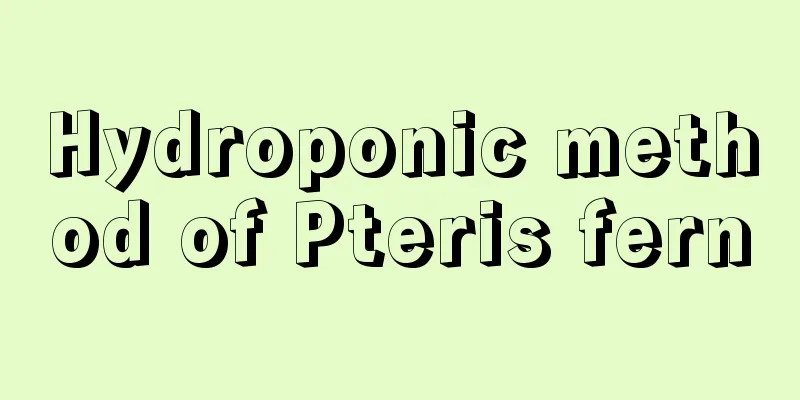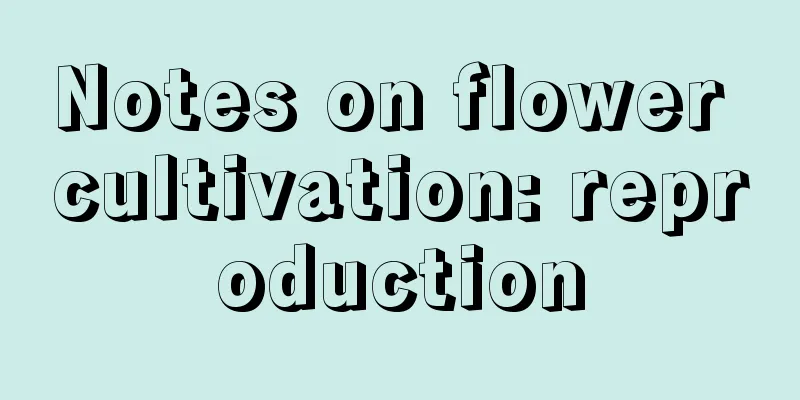Anthurium diseases and their control measures

Anthurium bacterial wiltSymptomsThe pathogen of this disease mainly enters the plant body through wounds on the stems and leaves of the plant, and the failure of the stomata on the edges of the leaves to close in time in the early morning, causing the disease. There are two types of disease manifestations: one is on the leaves and mosaics, with water-like spots on the back of the leaves, which gradually expand into brown spots with yellow halos; the other is on the stems, with yellow spots on the stems, which then infect the leaves, turning dull and yellow, and white liquid flowing out of the stems. Prevention and treatment measuresBacterial wilt is mainly prevented: Environmental prevention: Strengthen temperature control. The ideal growth temperature for bacteria is around 30°C, so keep the temperature below this range. Ensure the hygiene of the environment around the plants and clean up dead branches and leaves regularly. Fertilizer prevention: Use as little ammonia nitrogen fertilizer as possible during plant growth. During the growth process, if diseased plants are found, they should be cleaned up in time and sprayed with something for disinfection. Drug prevention: Spray medicine regularly for prevention. Anthurium is more sensitive to copper preparations, so usually oxytetracycline, phytocomycin, and chloramphenicol are used. They should be diluted with clean water before use. Anthurium AnthracnoseSymptomsWhen the plant is infected with the pathogen, circular brown spots form along the leaf veins. The spots gradually connect to form large brown-yellow spots, which eventually dry up. Prevention and treatment methodsStrengthen management, ventilate frequently, and clean up diseased leaves and plants in time. Spray pesticides in time for prevention and control in the early stage of the disease. Commonly used pesticides are thiophanate-methyl, carbendazim, and mancozeb. Spray the plants after diluting them with clean water. Use the medicine once every 7 to 10 days, and it will be effective after 2 to 3 times. Physiological diseases of anthuriumBlind flowers, flower deformitiesThe main reason for this situation is excessive root pressure or genetic reasons of the plant itself. It can be corrected through post-maintenance. Pay attention to water control, choose soil with good air permeability, loosen the soil in time, and the situation will improve after planting for a period of time. Spathe not openingThe spathe is the most colorful part of the anthurium, but if it is not properly maintained, the spathe will become curled up, affecting its appearance. When caring for the plants, pay attention to increasing the indoor temperature, watering appropriately, and frequently sprinkling water on the leaves to ensure sufficient air humidity. |
<<: Common diseases and prevention methods of honeysuckle
>>: Peach blossom disease prevention and control
Recommend
Cultivation methods and precautions of Tithonia suspensa
1. Soil The swellonia has strong adaptability and...
White tea cultivation methods and precautions
1. Soil When cultivating white tea, you can mix 5...
How to prune Amaryllis
When to prune Amaryllis Amaryllis can be pruned i...
How long is the growth period of girl fruit
How long is the growth period of girl fruit The g...
How to propagate glass begonias by cuttings and precautions How to propagate glass begonias by cuttings
Glass begonias are gorgeous when they bloom, and ...
Diseases and Pests of Bird's Nest Fern and Their Control
1. Anthrax. Anthracnose is a common fungal diseas...
How to prune magnolia? Pruning and shaping methods and technical points
When is the best time to prune magnolia? It is us...
These plants are relatively shade-tolerant and can be grown with confidence.
Dolphin Flower Dolphin flowers cannot tolerate di...
The meaning and symbolism of lotus
1. Meaning The lotus is our traditional famous fl...
How to dwarf nasturtium
Why do we need to dwarf nasturtiums? When I was i...
Does the hanging bamboo plum prefer shade or sun?
Does the hanging bamboo plum prefer shade or sun?...
Can water-cultured green radish with sugar help it take root?
1. Whether it can take root Adding white sugar to...
What to do if the leaves of green radish wilt
1. Pests and diseases Generally speaking, the occ...
This kind of "bean", known as a "superfood", is rich in high protein!
Whether it is dumplings in the north or rice nood...
What to do if the leaves of Clematis are curled
1. Stop watering (1) Specific reason: First obser...









